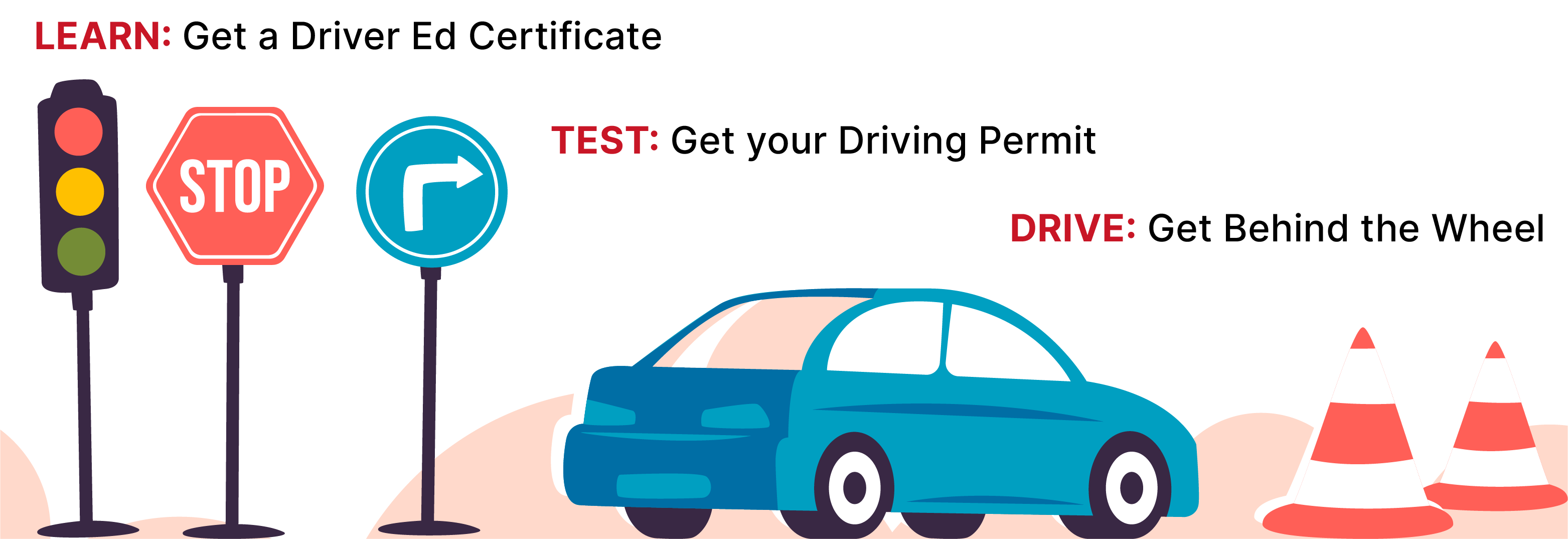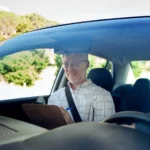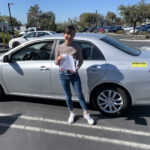
The controlled operation and movement of a vehicle, such as a car, motorcycle, truck, bus, or bicycle, is referred to as driving. Permission to drive on public roadways is granted subject to several conditions, and drivers are required to abide by the established road and traffic rules in the area in which they are traveling. So, you be eager to get your driving license but before that, you should pass a test that the government takes. Here are the most common driving test faults that you should avoid:
1. Letting your nerves take the wheel
You know the Snickers commercial where they say, “You’re not you when you’re hungry?” The same is true for stress and nervousness. You’ve done your homework. You’ve memorized the content. You’ve put in the time behind the wheel. So, relax. You can do it.
2. Could it be possible not to check your mirrors regularly?
It can’t possibly be for us. We hope it is not in you. We understand how difficult it is to take your eyes off the road, but your side and rearview mirrors are intended to assist you to drive more safely. Please do not use them as a mirror to reapply your cosmetics while driving. You and your driving test must check your mirrors regularly.
3. Don’t forget the turn signals
Do not be concerned; we are aware. You may forget due to stress, but the signal will become a habit for you, so we don’t think you should be concerned. However, you should exercise caution during your driving test. Keep in mind that the signal is included in the majority of your driving examinations.
4. Making rolling stops
At stop signs and red lights, always come to a complete stop behind the demarcation line. When making a right turn at a junction, remember to come to a complete stop. Stopping means stopping.
5. Not yielding to pedestrians
Pedestrians have the right of way at all times. Keep an eye out for crosswalks and pedestrians, especially when turning.
6. Confusion at four-way stops
When it’s your turn, it’s simple to rush ahead or pause. Remember that the driver that comes first at the intersection has the right of way. If you arrive at the same moment as another driver, the driver on the right goes first. Don’t be perplexed.
7. Do not brake too hard
Hard braking should only be utilized in an emergency. Aside from that, you should brake gradually and gently. Be aware that you will need some time to stop and adjust your braking accordingly. Otherwise, it may jeopardize your driving test.
8. Bring a problematic vehicle to the steering test at all costs
Even if you have done everything correctly and optimally, do not let your automobile be the source of your failure. Check that your car conforms to all safety rules, such as having a clean, unbroken windshield, working seat belts, and working lights.
9. Driving too slowly
You can become so preoccupied with speeding that you wind up driving too slowly at times. However, driving slowly can be just as dangerous as speeding. If cars are passing you, it’s time to pick up the pace







No comment yet, add your voice below!